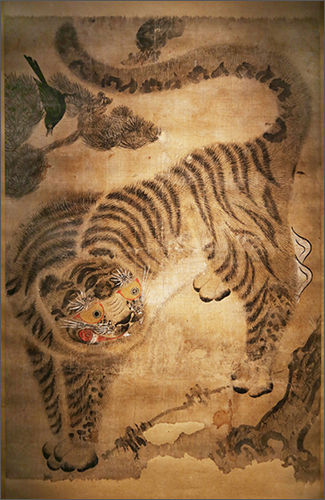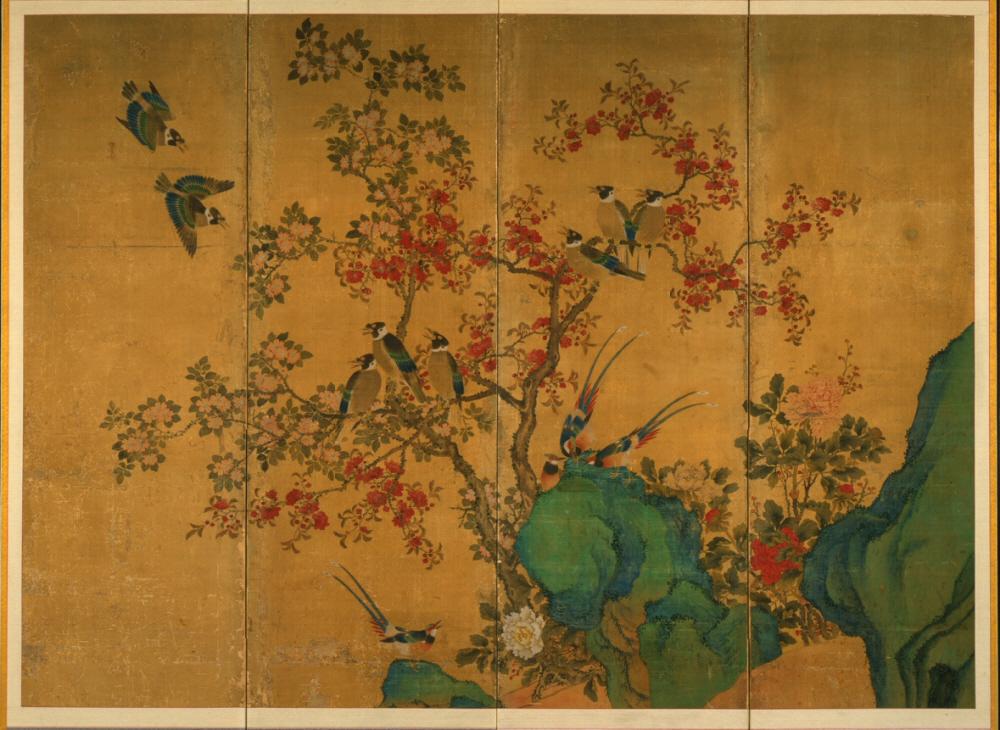- Get link
- X
- Other Apps
Minhwa: Korea’s Traditional Folk Paintings

Photo: A traditional Minhwa painting of a tiger and magpie, symbolizing protection and good fortune.

Photo: Minhwa depicting flowers and birds, representing beauty, peace, and harmony in daily life.
🎨 What is Minhwa?
Minhwa refers to the colorful and imaginative folk paintings created by anonymous artists during the Joseon Dynasty. Unlike court paintings, minhwa expressed the hopes, fears, and daily life of commoners and were often used as charms for protection and blessings.
🐯 Iconic Subjects
Common themes include tigers (symbolizing guardianship), magpies (bringers of good news), peonies (wealth and prosperity), and lotus flowers (purity). These symbolic motifs carried deep meaning in everyday life and seasonal celebrations.
🏡 Role in Daily Life
Minhwa were often displayed in homes during New Year’s or birthdays. They served a spiritual purpose while also decorating homes with vibrant, accessible beauty. Families believed these paintings invited good fortune and harmony.
🖌️ Artistic Style
Characterized by bold lines, vivid colors, and playful composition, minhwa embraced creativity over realism. The naïve charm and exaggerated proportions made them emotionally resonant and widely beloved.
💬 Final Thoughts
Minhwa preserves the joyful spirit and resilience of Korean folk culture. These humble works of art continue to captivate modern audiences with their heartfelt symbolism and storytelling charm.
- Get link
- X
- Other Apps
Comments
Post a Comment